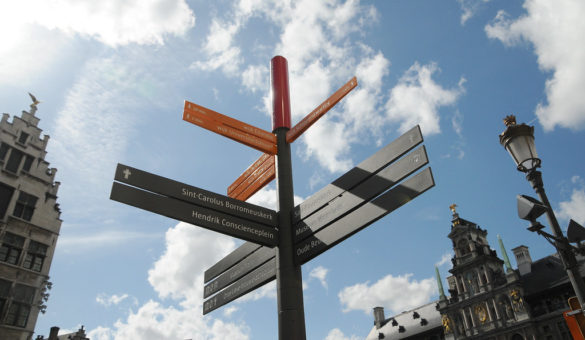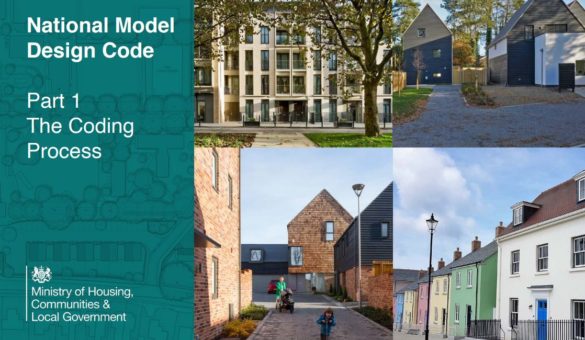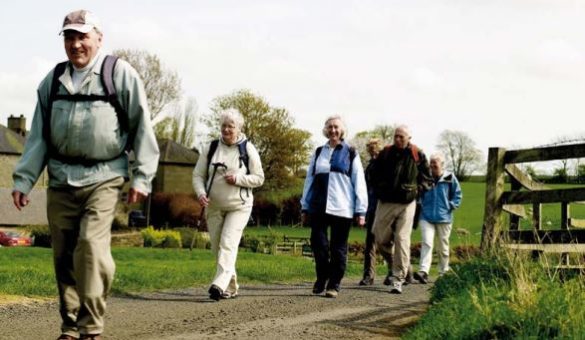Healthy places are those that are well integrated into the site and well connected to their wider natural and built surroundings. Good quality livable places are those that are easy to move through and around. Well connected streets, walkways, roads and cycle routes improve health and wellbeing and can reduce unnecessary motorised travel. A connected development is one in which land is used efficiently so that buildings are distributed appropriately for their uses and with a range of services that meet most people’s daily needs. Living in a connected environment can support a sense of community , encouraging and improving social interaction. Connection to surrounding places and services is as important as the connection to places and services inside the boundary of a development. This section provides access to guidance and evidence for the importance of building in connectivity to master planning and design.
Use the filters to narrow down your search
Show more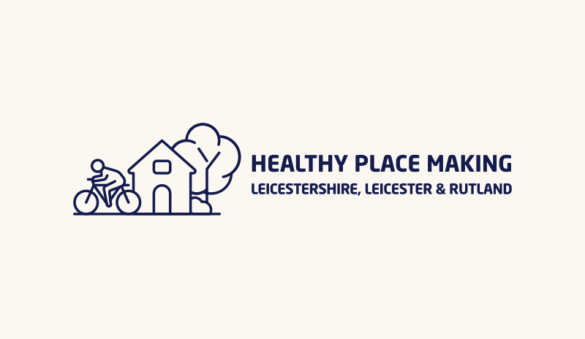
Active Design Guidance Sport England
Active Design is a combination of 10 principles that promote activity, health and stronger communities through the way we design and build our towns and cities. In partnership with Public Health England, Sport England have produced the Active Design Guidance which works as a step-by-step guide to implementing an active environment. This guidance builds on the original objectives of improving accessibility, enhancing amenity and increasing awareness, and sets out the 10 principles of Active Design.
Download about "Active Design Guidance Sport England" (PDF 15 MB)
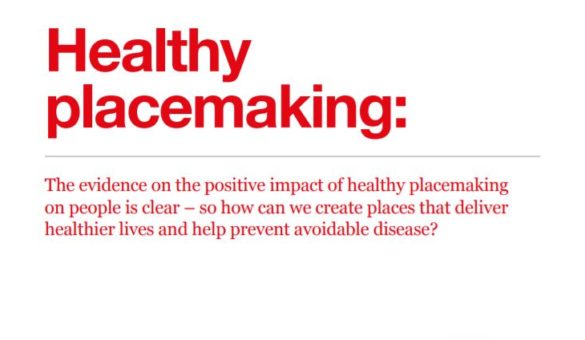
Design Council – Healthy Placemaking Report
This Design Council report is focused on healthy placemaking. It examines the barriers identified by people building and designing our communities to creating places where people are healthier and happier. Great design is changing the way we live and the places we live in, making lives better by building happier, healthier and safer environments. It can bring communities together and facilitate long term behaviour change, transforming our lifestyles for the better
Download about "Design Council – Healthy Placemaking Report" (PDF 721 KB)
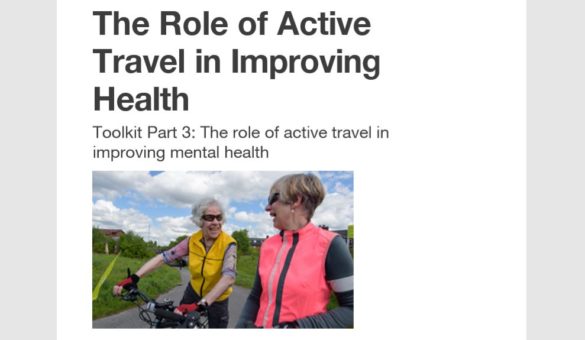
The role of active travel in Improving Mental Health Pt 3
This is the third part of the Active Travel toolkit on The Role of Active Travel in Improving Health
Download about "The role of active travel in Improving Mental Health Pt 3" (PDF 303 KB)
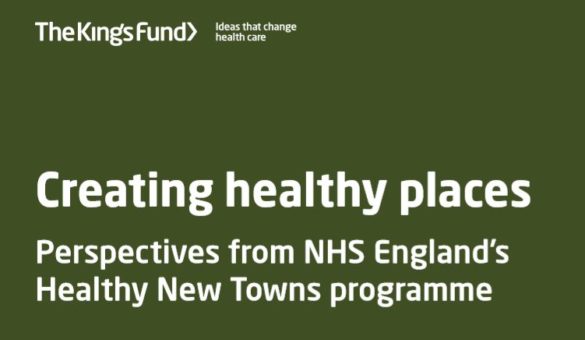
Creating healthy places Perspectives from NHS England’s Healthy New Towns programme
The places we live in and the communities we belong to affect our health in countless ways – sometimes very visibly, sometimes more subtly, but with a significant combined effect. A coherent approach to improving population health therefore needs to include a focus on places, neighbourhoods and communities as well as interventions aimed at individuals and at the whole population (Buck et al2018).
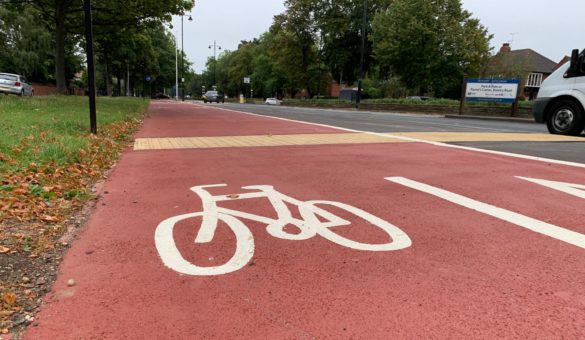
Active Travel Strategic Investment Tool Guidance
The primary purpose of the SUSTRANS Strategic Investment Tool (SIT) is to help local authorities and local enterprise partnerships develop large scale programmes of investments in active travel. Using evidence from the evaluations of a wide range of active travel interventions the SIT calculates the typical impact and cost of an investment programme consisting of a range of different intervention types.
Download about "Active Travel Strategic Investment Tool Guidance" (PDF 510 KB)
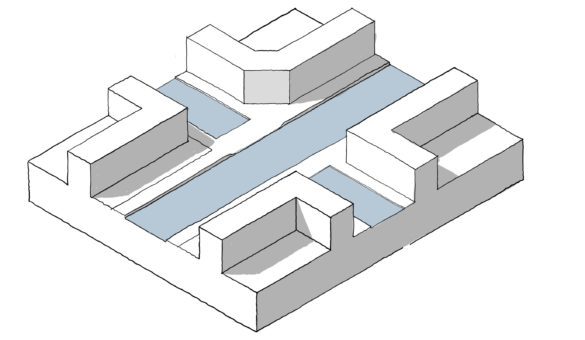
Healthy Place Making and the National Model Design Code: Junctions and Crossings
Our National Model Design Code series focuses on content within the National Model Design Code, specifically centring on its illustrations (all provided with thanks and credit to Department for Levelling...
Read more about "Healthy Place Making and the National Model Design Code: Junctions and Crossings"
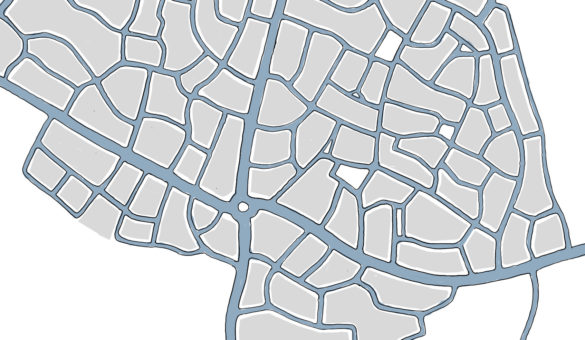
Healthy Place Making and the National Model Design Code: Spot the Difference – Masterplanning to Support Connectivity
Our National Model Design Code series focuses on content within the National Model Design Code, specifically centring on its illustrations (all provided with thanks and credit to Department for Levelling...
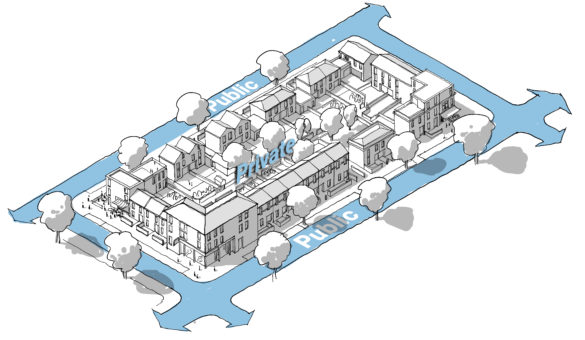
Healthy Place Making and the National Model Design Code: Development Facing the Public Realm
Our National Model Design Code series focuses on content within the National Model Design Code, specifically centring on its illustrations (all provided with thanks and credit to Department for Levelling...
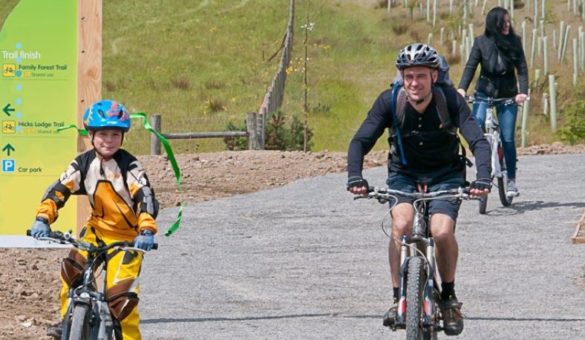
The National Forest: Connectivity Through Walking and Cycling
The National Forest embraces 200 square miles of the Midlands, and aims to link the two ancient forests of Charnwood and Needwood. Having planted over nine million trees, the National...
Read more about "The National Forest: Connectivity Through Walking and Cycling"
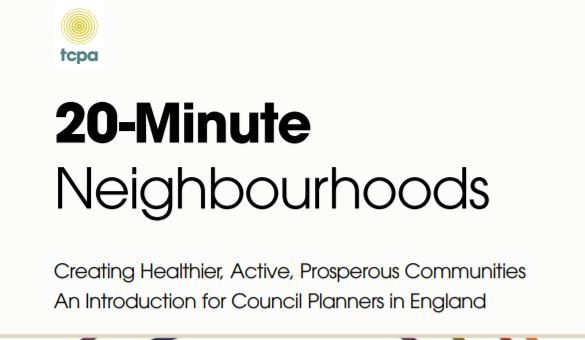
The 20-Minute Neighbourhood (TCPA)
Around the world there is growing interest in creating places in which most of people's daily needs can be met within a short walk or cycle. The benefits of this approach are multiple: people become more active, improving their mental and physical health; traffic is reduced, and air quality improved; local shops and businesses thrive; and people see more of their neighbours, strengthening community bonds.
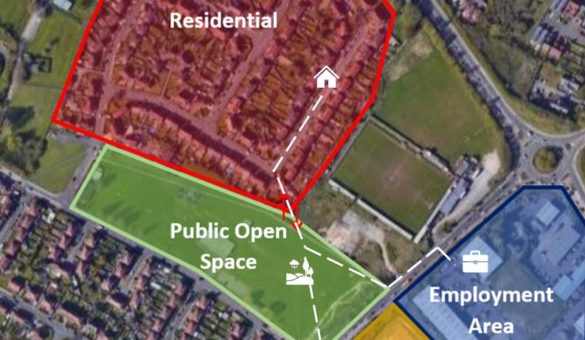
Creating Attractive and Effective Connections (Part Two)
This case study expands upon Creating Attractive and Effective Connections (Part One) by looking at an additional example of how to consider the quality and potential impact of connections across...
Read more about "Creating Attractive and Effective Connections (Part Two)"
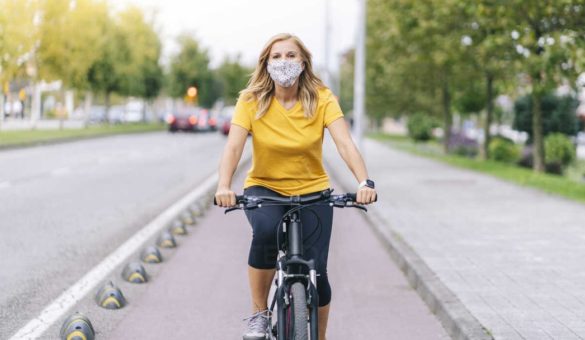
Improving Air Quality Walking Cycling
This is the second part of the Active Travel toolkit on The Role of Active Travel in Improving Health The Active Travel toolkits aim to help LEPs and their local delivery partners to: 1 Develop your business case for investment in walking and cycling schemes. 2 Link walking and cycling schemes to your strategic economic growth priorities, housing growth and planning, and public health. 3 Support the planning and delivery of walking and cycling schemes in your local area.
Download about "Improving Air Quality Walking Cycling" (PDF 450 KB)
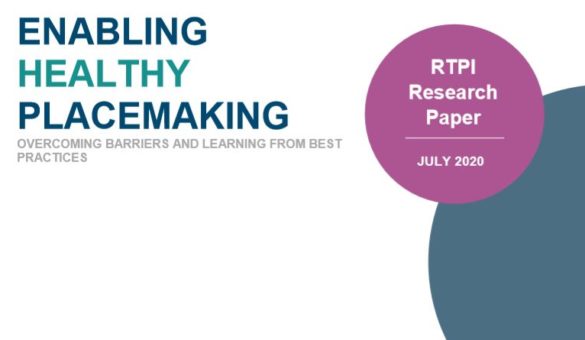
RTPI Enabling-Healthy-Placemaking Research Paper
This RTPI research paper explores local, national and international planning practices enabling the creation and delivery of healthy places.
Download about "RTPI Enabling-Healthy-Placemaking Research Paper" (PDF 951 KB)
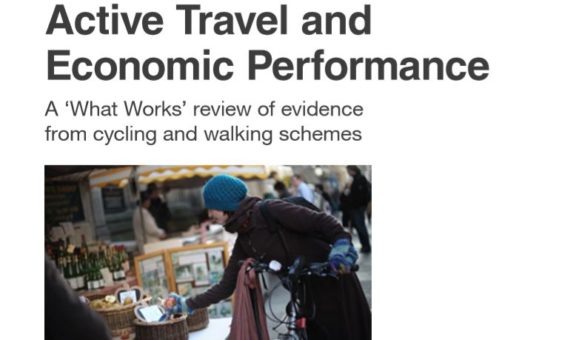
Active Travel and Economic Performance SUSTRANS
Active Travel and Economic Performance A ‘What Works’ review of evidence from cycling and walking schemes
Download about "Active Travel and Economic Performance SUSTRANS" (PDF 543 KB)
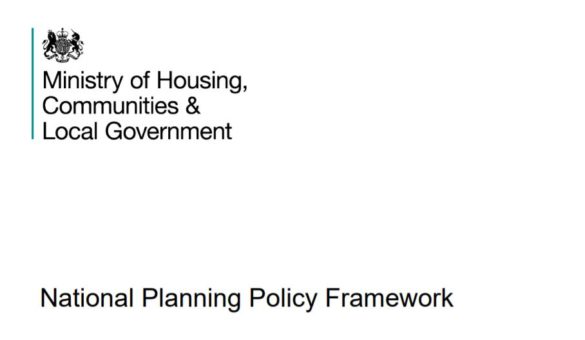
National Planning Policy Framework (2021)
The National Planning Policy Framework sets out the Government’s planning policies for England and how these should be applied. It provides a framework within which locally-prepared plans for housing and other development can be produced.
Download about "National Planning Policy Framework (2021)" (PDF 536 KB)
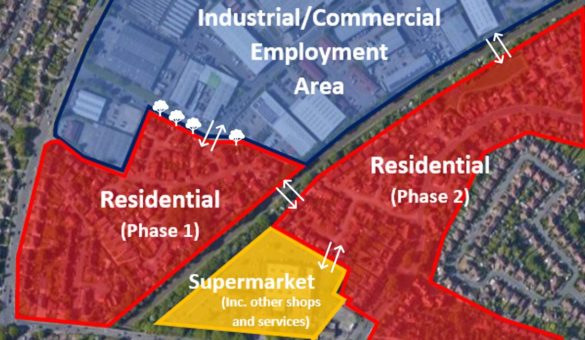
Creating Attractive and Effective Connections (Part One)
Walkable communities provide an opportunity to encourage active travel – whether that be walking, cycling or scooting – by connecting a range key places (such as homes, shops, schools, workplaces...
Read more about "Creating Attractive and Effective Connections (Part One)"

